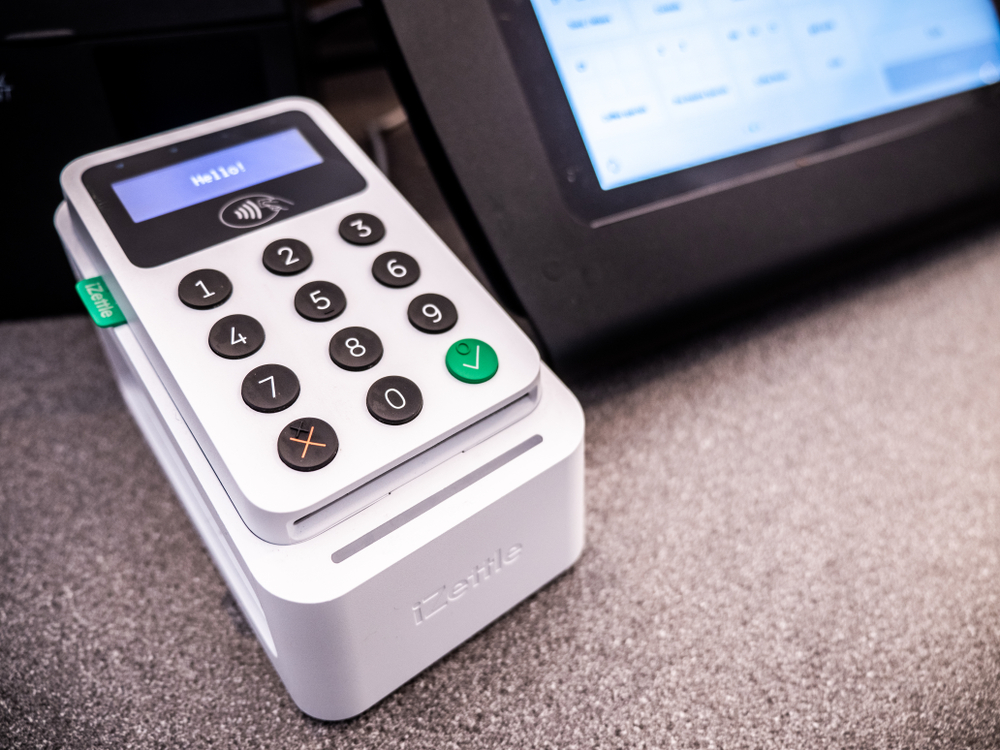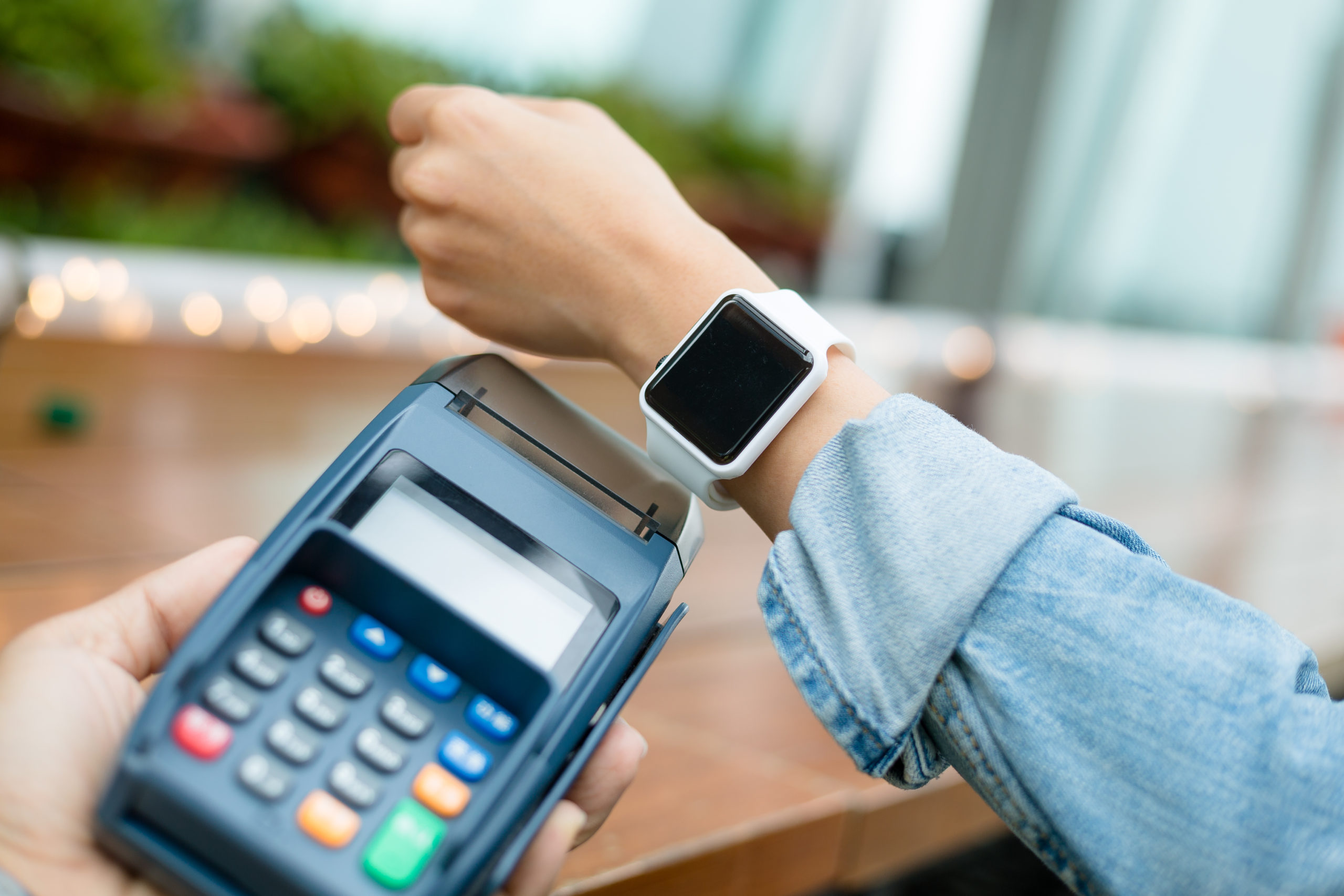A Short History Of Card Machines
Can you imagine a world without card machines? In the grand scheme of things, they’re a relatively new invention, but in their comparatively short lifespan they’ve become part of everyday life in the UK. Here at Business Quotes, we’ve become fascinated with the history of card machines. They might seem like a rather dry topic, but when you look into them they reveal a lot about wider advancements in technology and changes in consumer behaviour. Those relatively innocuous devices have had a huge impact on the wider world, so let’s have a quick look at the origins of card machines and how they’ve developed over the years.
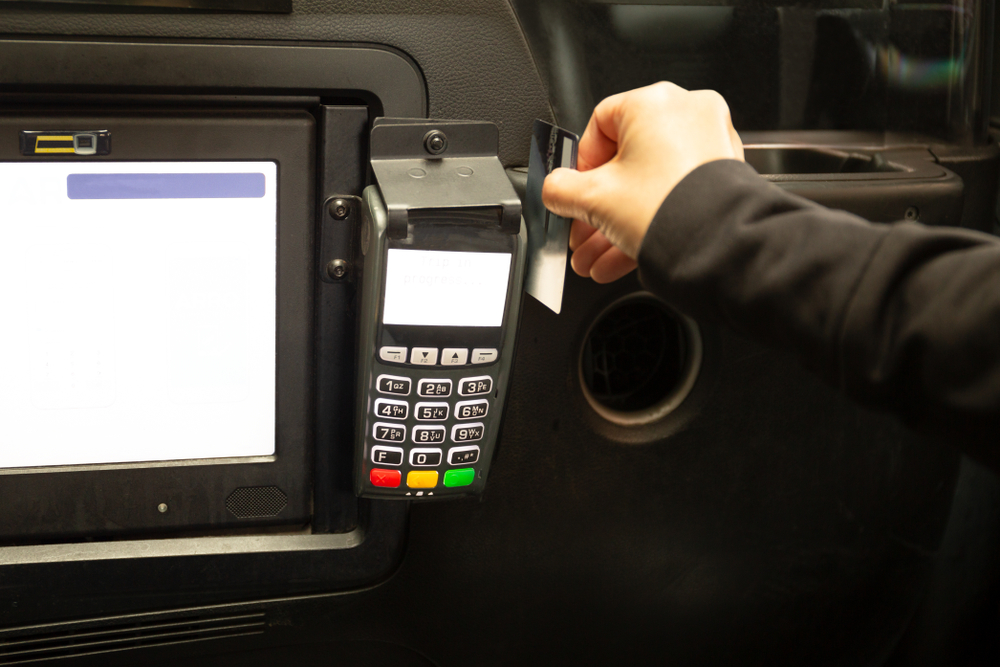
When Was The First Card Machine Invented?
Believe it or not, the first payment cards to come into circulation weren’t made of plastic, but cardboard! Using them to shop for goods required extensive manual documentation at the point of sale and they weren’t as convenient or fast as paying with cash. This changed in 1950 when American Express revolutionised the payment world by introducing the first plastic credit card. These cards featured embossed lettering containing the cardholder’s name, address, and unique identification number.
Consequently, merchants gained the ability to create an impression on carbon paper receipts meant for the bank, merchant, and customer to serve as evidence of the transaction. This impression was achieved using the primary non-electronic card machine: the credit card imprinting machine – also referred to as a credit card imprinter, and colloquially known as a “click-clack” machine. This nickname was earned due to the sounds produced while imprinting the carbon paper.
The Evolution of Card Machines
The history of card machines is well documented as one of the biggest revelations in consumer history. From the moment that credit card imprinting became widely available, the idea of developing this into an electronic machine was inevitable.
Early Manual Imprint Devices (1960s-1970s)
The concept of card payments began with manual imprint devices. Merchants would physically imprint the card onto the carbon paper and the customer would sign the slip as a form of verification. These devices were slow and required a lot of manual effort.
Magnetic Stripe Technology (1980s-1990s)
The introduction of magnetic stripe technology on payment cards led to the development of electronic card machines. These machines could read the information stored on the magnetic stripe of the card, making transactions faster and more efficient. This era saw the widespread adoption of card machines in various businesses across the UK.
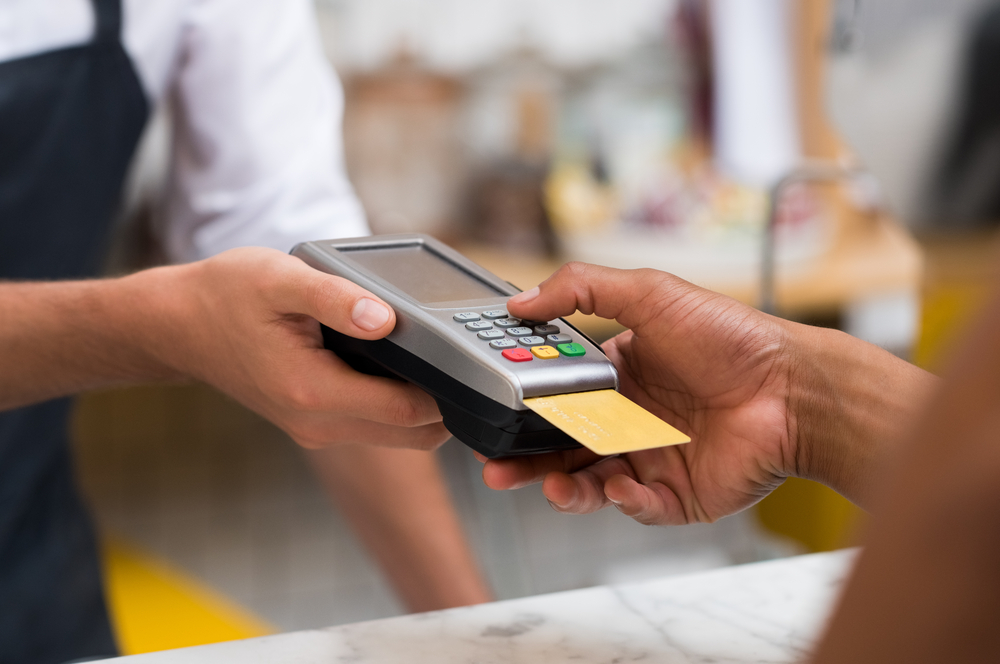
Chip and PIN (2000s)
In the early 2000s, the UK introduced Chip and PIN technology to enhance security and reduce fraud. This required customers to insert their cards into the machine and enter a personal identification number (PIN) instead of signing a paper slip. Chip and PIN significantly improved transaction security and became the standard method of card payment.
Contactless Payments (2010s)
The 2010s saw the rise of contactless payment technology, allowing customers to make small transactions by simply tapping their card on the terminal. This further evolved to include the use of mobile banking. A technology called NFC is used to pass encrypted information between the two machines to complete the transaction. This technology became increasingly popular due to its convenience and speed, especially for purchases in places like coffee shops, supermarkets, and public transportation.
Mobile Payment Solutions (2010s-Present)
The prolific use of smartphones and mobile apps led to the development of mobile payment solutions, such as Apple Pay, Google Pay, and Samsung Pay. These platforms allow customers to make payments by simply holding their mobile device near a card machine equipped with Near Field Communication (NFC) technology.
QR Code Payments (2010s-Present)
QR code-based payments gained traction, especially in the latter part of the 2010s and into the 2020s. Customers can use their smartphone cameras to scan QR codes displayed on the terminal screen or at the checkout, enabling secure and contactless payments.
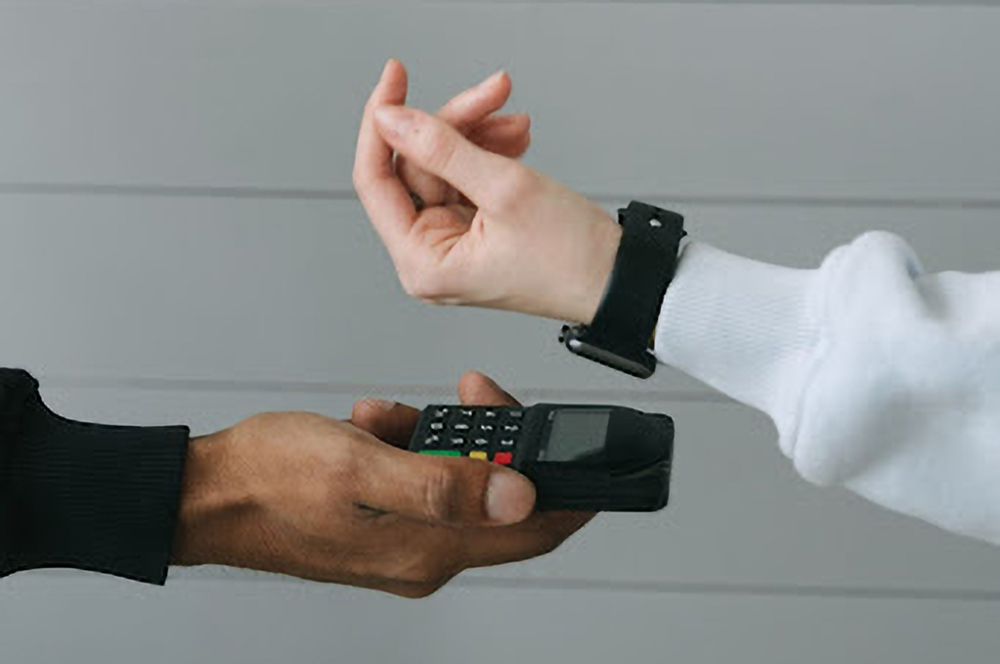
Final Thoughts
The evolution of card machines continues with ongoing innovations in payment technology. This includes advancements in biometric authentication (such as fingerprint scanning), improvements in security features, and further integration with online and mobile platforms. All that can be confirmed, by the history of card machines, is that their evolution is on an upwards trend with no sign of slowing down.
If your business is looking for card machine solutions check out our Comparing Card Payment Machines page and allow us to help you find the best solution for your company.
Categories: Advice
Tags: card machines, chip and pin, contactless payments, credit card machines, credit cards, epos systems, history of card machines

